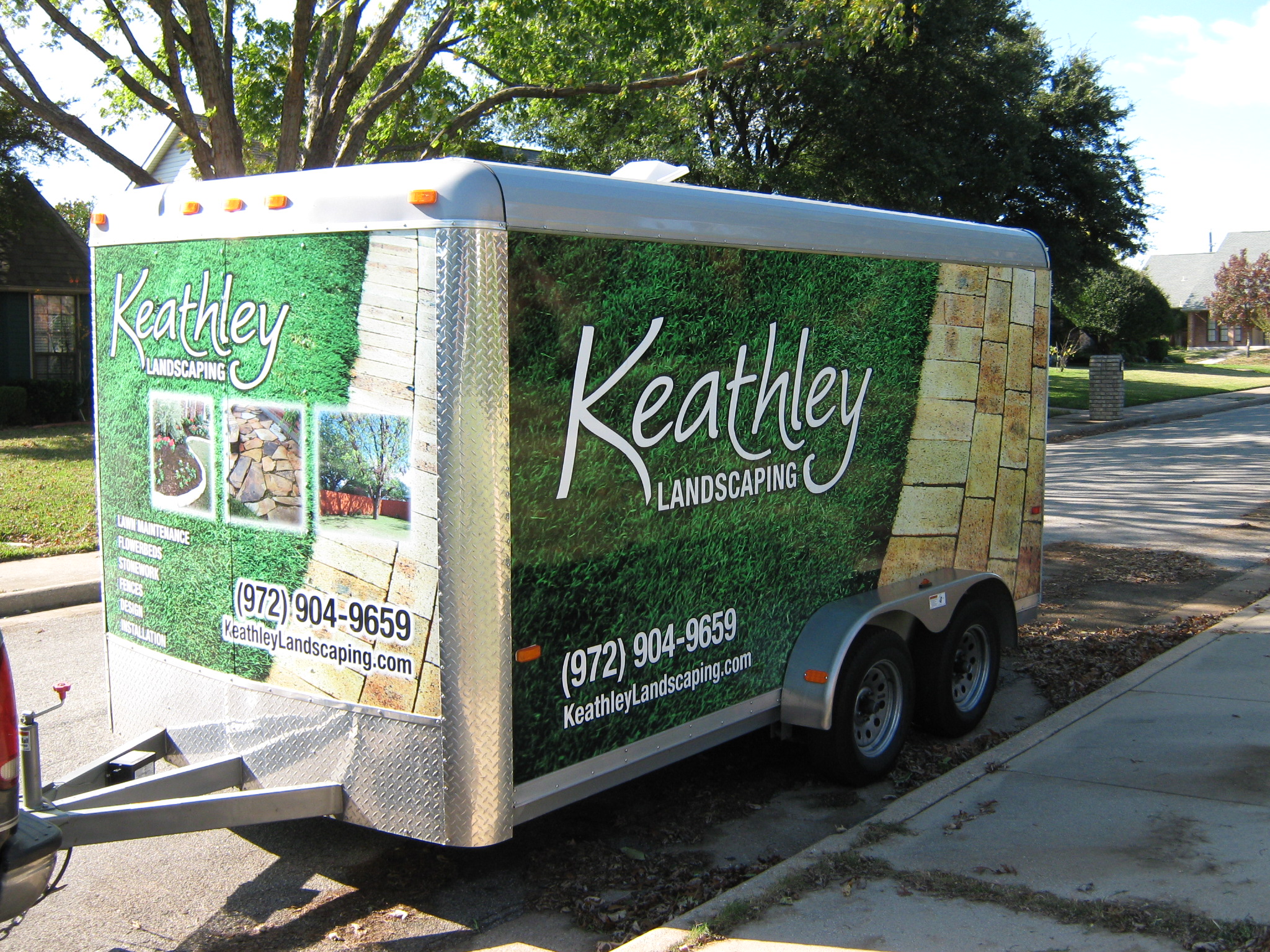French Drains: Addressing Misconceptions and Common Myths
When it comes to managing water drainage in your yard, French drains often come up as a popular solution. However, there are several misconceptions and myths surrounding their use and effectiveness. In this post, we’ll debunk some of these myths and provide you with the information you need to make an informed decision. Let’s dive in! 🌊
Table of Contents
1. What Are French Drains? 🤔
2. Myth #1: French Drains Are Expensive 💸
3. Myth #2: French Drains Are Hard to Maintain 🛠️
4. Myth #3: French Drains Don’t Work in Certain Soils 🌱
5. Conclusion 🎯
6. FAQs ❓
What Are French Drains? 🤔
Before we tackle the misconceptions, let’s first clarify what French drains actually are. Simply put, a French drain is a trench filled with gravel or rock containing a perforated pipe that redirects surface water and groundwater away from a specific area. It’s a straightforward yet effective way to prevent water from damaging your home or landscape. Now that we’ve got that covered, let’s move on to those pesky myths!
Myth #1: French Drains Are Expensive 💸
One common belief is that installing a French drain will break the bank. While it’s true that costs can vary depending on the size and complexity of the project, French drains are generally considered a cost-effective solution for water drainage. By preventing potential water damage, they can actually save you money in the long run. Plus, with a little DIY spirit, you can reduce costs even further by installing them yourself. 🛠️
Myth #2: French Drains Are Hard to Maintain 🛠️
Another misconception is that French drains require a lot of maintenance. In reality, they are relatively low-maintenance. Regularly checking for debris and ensuring the gravel bed remains intact will usually suffice. Routine inspections once or twice a year to ensure the system is functioning properly can prevent any long-term issues. So, no need to worry about constant upkeep! 😊
Myth #3: French Drains Don’t Work in Certain Soils 🌱
Some people believe that French drains are ineffective in certain soil types, particularly clay-heavy soils. While it’s true that clay soils can pose a challenge, proper installation and design can overcome these obstacles. By using proper grading and ensuring the drain has an appropriate outlet for the water, French drains can function effectively in almost any soil type. 🌍
Conclusion 🎯
French drains are a versatile and efficient solution for water drainage, but it’s essential to separate fact from fiction. By understanding the reality behind these common myths, you can confidently decide if a French drain is the right choice for your property. Remember, a little knowledge goes a long way in protecting your home and landscape from water damage. 💡
FAQs ❓
Q1: Can I install a French drain myself?
A: Absolutely! With the right tools and a bit of research, a DIY installation is entirely possible. Just be sure to follow guidelines and safety measures. 🛠️
Q2: How long do French drains last?
A: With proper installation and maintenance, French drains can last anywhere from 10 to 50 years. Regular checks will help extend their lifespan. ⏳
Q3: What should I do if my French drain stops working?
A: If you notice issues, such as water pooling, inspect the drain for blockages or damage. In some cases, professional assistance may be necessary to resolve the problem. 🆘
Q4: Do French drains require a permit?
A: Permit requirements vary depending on your location. It’s best to check with local authorities to ensure compliance with any regulations. 🏢





































Recent Comments